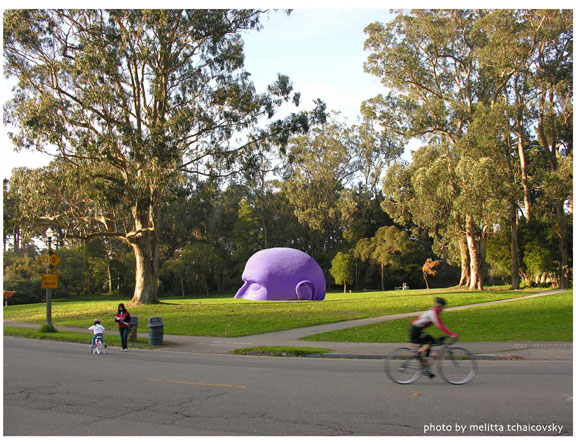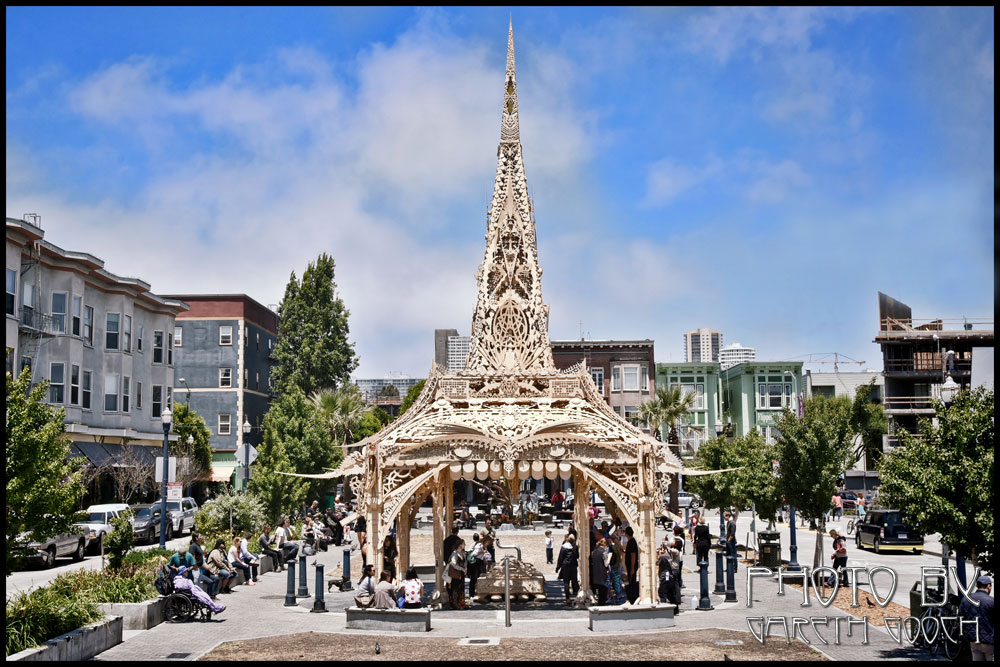The Civic Arts Program is Burning Man Project’s engine for generating more engaged citizenship, more livable communities, and more participatory art in public spaces around the world. It’s the way we share a crucial idea we first learned in Black Rock City: There is no line between artistry and citizenship.

Civic Arts takes the metaphor of Black Rock City — a temporary, experimental redesign of city life that inspires us and gives us practice sharing tools, lessons and possibilities — and applies it to stimulate new projects and partnerships to try to make more places like that.
We work to generate opportunities for people to connect with the spirit of their aspirations for the places where they live, cultivating there the same sense in which we refer to Black Rock City as “home”.
This section contains detailed information on all Burning Man Civic Arts projects.
Current and Recent Projects
- Smithsonian American Art Museum
- San Jose City “Playa to Paseo”
- Washoe County, Nevada
- Norfolk Hermitage Museum
- Las Fallas, Valencia, Spain
- Les Machines de l’île, Nantes, France

More About the Program
Burning Man Project, a nonprofit organization, is best known for its annual event in Black Rock City, where over 30 years of community-engaged experience has led to remarkable capabilities in collective art processes, increased connectivity through creative interventions in public space, and a self-reliant and ingenuity-based culture. That work, incubated in Black Rock City, is spreading worldwide, suggesting many possibilities for creating inviting civic spaces that enhance livability.
In 2005, the Black Rock Arts Foundation (BRAF) initiated the Civic Arts Program as new model for public art placement. It was born when Mayor Gavin Newsom and the San Francisco Arts Commission encouraged BRAF to collaborate with the San Francisco’s Hayes Valley community and artist David Best to create an interactive Temple in the mode of the ones Best created at Burning Man. The Hayes Valley Temple quickly became a cherished focal point for the community, providing a beautiful space that inspired connection, dialog and civic pride. The Temple became our model of how artists, city officials and community members can collaborate to create meaningful public art work — art that addresses the specific needs of, reflects the unique character of, and serves a connective function for the community. BRAF became a program of Burning Man Project in 2014.
Since then, Burning Man Civic Arts projects and collaborations have blossomed into the many projects you’ll find in this section, and there are exciting new projects in the works.

